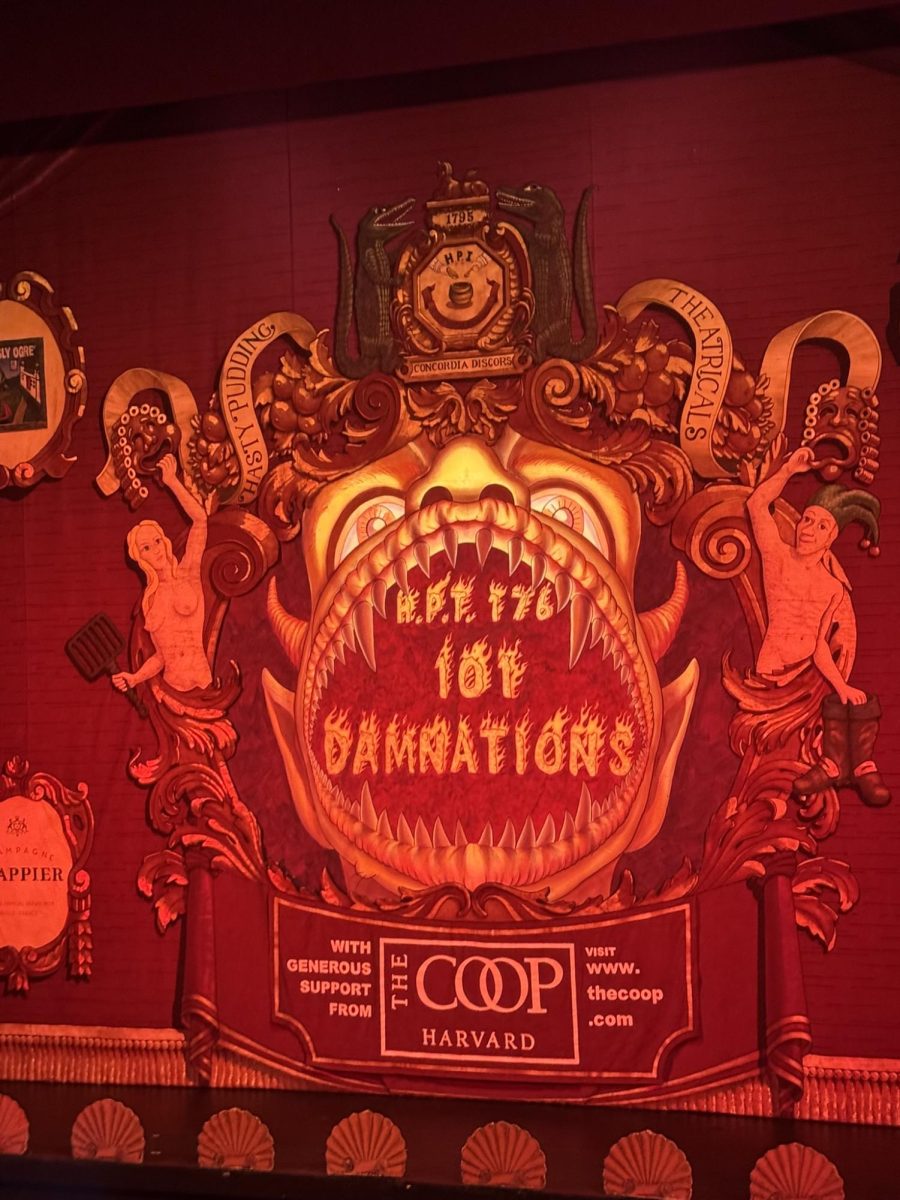On July 6, the Museum of Fine Arts in Boston opened their first exhibit focusing on Salvador Dalí to the public: “Dalí: Disruption and Devotion.” This exhibit features 30 paintings and prints loaned from the Dalí museum in St. Petersburg, Florida, collected and donated by American philanthropists A. Reynolds Morse and Eleanor Morse.
Upon entrance to the exhibit, a large red wall displays an introduction to Dalí himself, along with his paintings. Each section of the following exhibition room corresponds to a different theme; from “Fantasy and Nightmare” (1927) featuring horror-esque paintings like “Apparatus and Hand,” to “Mining the Past” featuring post-impressionism Dalí classics like “Self Portrait in the Studio” (1919), the MFA houses a full breadth of Dalí’s work.
The exhibit also displays Dalí’s various inspirations, most notably his Spanish predecessor Diego Velazquez. Velazquez, a court painter to King Philip IV of Spain, painted portraits in the 17th century of royals such as King Philip IV’s daughter, whose 1636 portrait lies alongside Dalí’s work.
One piece in particular that stood out to me was Dalí’s “Living Still Life” (1956), held in the exhibit’s post-impressionist and cubist-themed section. In “Living Still Life” (1956), Dalí experiments with “nuclear mysticism,” an artistic style which shows the relationships between quantum physics and the consciousness of mind. Nuclear mysticism evolved in the aftermath of World War II, after the US dropped atomic bombs on Hiroshima and Nagaski in Japan, devastating the country and its people. “Living Still Life” captures fast-moving action and lively qualities, going hand-in-hand with Dalí’s watch or time motif seen in “The Persistence of Memory” (1931), as well as the recreation of his 1931 painting “The Disintegration of the Persistence of Memory” (1954) painting, also featured at the MFA’s exhibit in Boston.
The concluding section of the exhibit showcases a large number of pieces featured as “Higher Callings,” where Dalí explores surrealism and the connections between Catholicism and humans. An entire wall displays Dalí’s “Ecumenical Council” (1960), which took two years to finish and stands at an astounding 118 x 100 inches. Similar to “Living Still Life,” Dali reflects in “Ecumenical Council” on religious leadership following the devastation of World War II.
“Dalí: Disruption and Devotion” is a must-see exhibit for art lovers and newcomers alike, inviting all to experience the enigmatic world of Dalí. This exhibit will be available for general admission at the MFA in Boston until Dec. 1, and Wellesley students get free admission to the museum with an active OneCard!
Contact the editors responsible for this story: Anabelle Meyers, Ivy Buck



